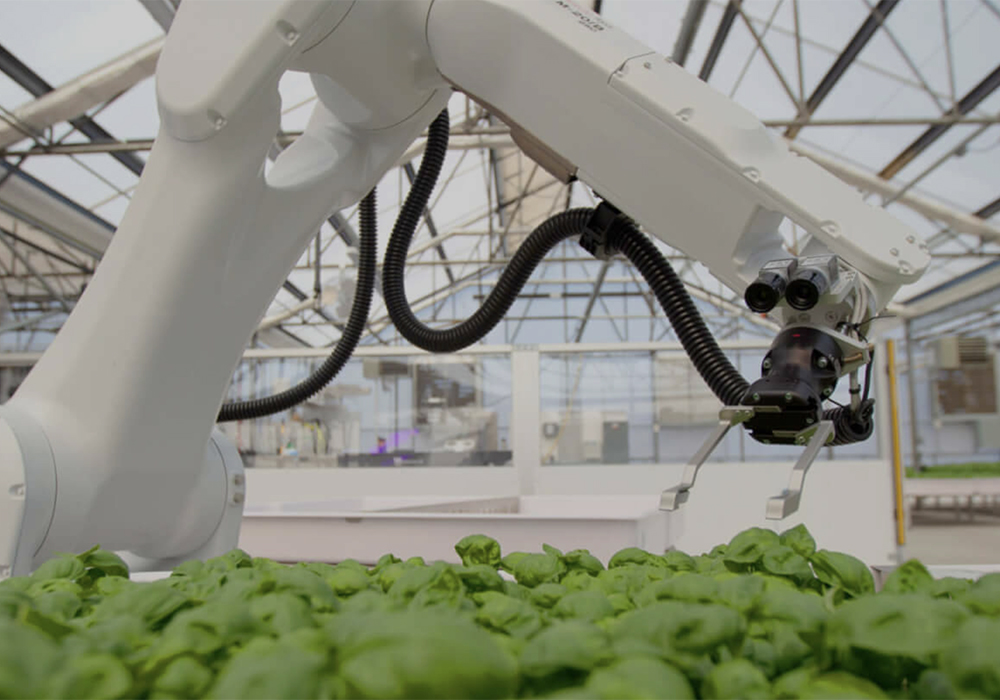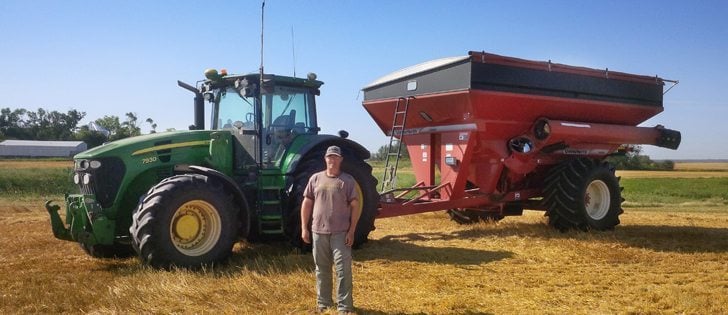Not a lot of good came out of the COVID pandemic but for researchers at Agriculture Canada, the requirements of social distancing in the workplace led to a new and better way to process test samples.
Agriculture Canada’s London, Ont., based researcher and chemist, Justin Renaud, said the pre-COVID testing routine for fungal mycotoxins or levels of pesticides in waterways was laborious and the requirement for social distancing made the task even more difficult.
“We’re talking levels of pesticide in water that are so small it’s like taking a sugar cube, splitting it up into 100 pieces and throwing that small piece of sugar cube into an Olympic-sized swimming pool,” said Renaud.
Read Also

Europe holds promise for Canadian lentils
Pulse Canada is trying to help boost lentil consumption in Europe, which is already the fourth largest market.
Before COVID, that type of testing required a team of specialists. During the pandemic, that wasn’t possible.
“We had to decide if we were going to limit what we were doing, how we are able to support innovations through the Canadian agriculture system, or think outside the box,” he said.
That led the researchers down a path toward an automated system using open-source program codes to get test results quicker while increasing reliability.
Renaud said these “robots” act as the hands of researchers.
“We were able to take these robots that were designed to do PCR testing — some of them in the U.S. were used for COVID testing — and we were able to modify the software to help us process all these samples,” he said.
The work the London lab performs includes scientific analysis of new pesticide products that requires a hypothesis about their effects on the environment to be proven or disproven.
“We want to know, is that showing up in the environment or not? Is it safe?” said Renaud, adding the addition of the automated process has drastically reduced the amount of time to produce those results.
That reduction has allowed skilled technicians that were needed to process testing results in a factory-like setting to be better utilized for other projects, said Renaud.
With southern Ontario farmers hit hard by mycotoxins in 2018, there has been a focus on testing.
Identifying mycotoxins requires large scale testing.
“It’s something we’ve put on the robot’s plate and we said we can get the robot to do 90 percent of this for us,” said Renaud.
The automated system also allows far more different tests for fungal contamination to be performed in the same time it would take to perform one by chemists.
We’re a little late to the party in the chemical analysis field in that this has been going on for decades in manufacturing,” said Renaud. “We had to do this because of COVID. We had no other choice. We were not able to have multiple staff members working together during the deepest part of the pandemic. This was sink or swim and we had to innovate.”
Renaud said the lab will continue with a focus on research analysis of mycotoxins to learn more about possible upcoming resistance issues, such as new toxins that could evade detection using traditional methods.
















